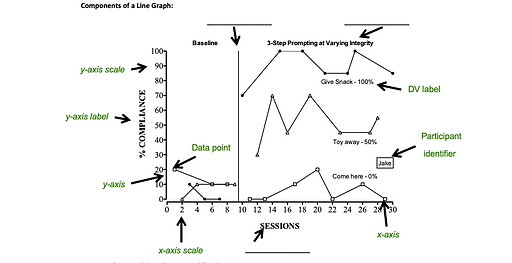
Innovation in Teaching
As an instructor of both undergraduate, in-person and graduate, online courses, I adapt my teaching strategies to meet students’ needs across different learning environments. In person, I engage students by modeling procedures and principles, incorporating real-world videos, and using visual diagrams. However, teaching online requires a different approach. Instead of live demonstrations, I upload instructional videos through Kaltura, ensuring that students in asynchronous courses receive the same high-quality learning materials as those in face-to-face settings.
A common misconception about asynchronous learning is that it feels impersonal and disconnected. To counter this, I create Welcome Videos at the beginning of each semester to introduce myself and the course. I also provide module introduction videos and post announcements at least three times a week to establish my presence and communicate that I care about my students. On holidays, I send messages of encouragement and appreciation to further foster a sense of community. However, the most impactful way I create connection in an asynchronous course is by offering a weekly, one-hour synchronous session. Students consistently express appreciation for the opportunity to ask questions and engage in discussions.
Fundamentals of Behavior Analysis is the first in the Applied Behavior Analysis (ABA) minor sequence, meaning most students arrive with a diversity of experiences, but little to no prior exposure to behavior analysis. To help them build a strong foundation, I implement fluency-based learning. I designed fluency modules that align with required readings, reinforcing key concepts while serving as effective study tools. Mid-semester feedback confirmed that students found these modules valuable for mastering material and maintaining accountability.
When I began teaching online master’s students, I noticed—and they reported—a lack of engagement. At the time, my synchronous sessions were primarily lecture-based. In response to their mid-semester feedback, I offered students a choice: Would you prefer synchronous classes to be lecture-based or discussion-based? They overwhelmingly favored discussion. The next week, I transformed the class into an interactive discussion while still providing lecture slides for those who preferred a traditional format. This shift significantly increased engagement and was reflected in improved course evaluations by the end of the semester.
Through structured flexibility, responsiveness to feedback, and intentional presence, I innovate my teaching to create engaging, student-centered learning environments. My approach evolves with student needs, reinforcing my commitment to continuous improvement and meaningful learning outcomes.
Teaching Materials

Above is an example of a diagram I created for my students in Fundamentals of Behavior Analysis.

The image above depicts an example of an announcement I typically send to my students for each holiday during the semester.

The picture above demonstrates the format of the fluency modules. The questions range from simple, definition-based questions to applied questions. The question type varies from multiple choice, true/false, and matching, to fill-in-the-blank. Students must complete 20 of these questions within 15 minutes to receive full credit.
Online Instructor Course Certification
